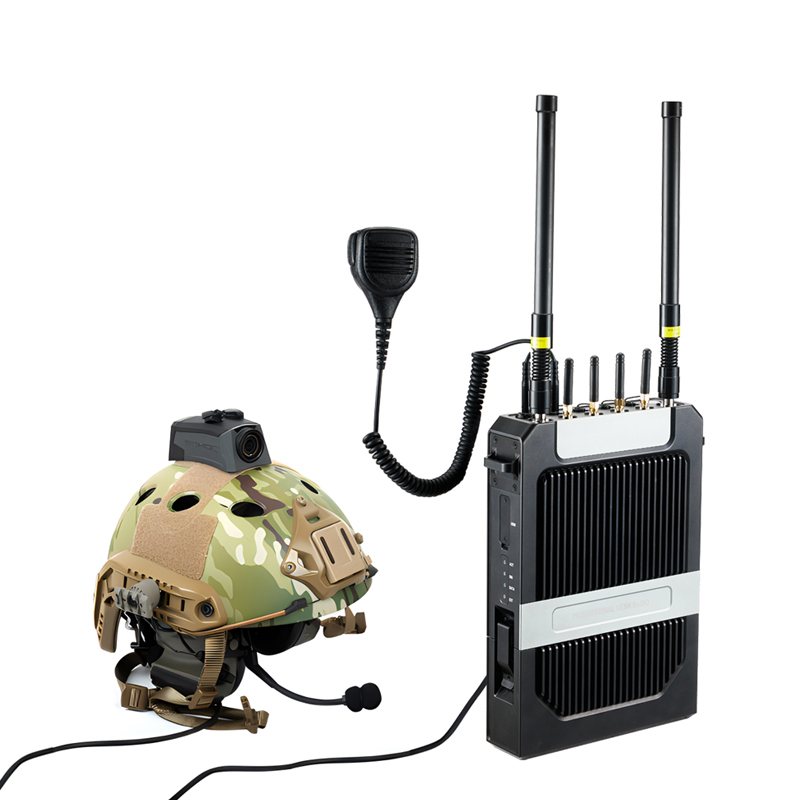Micro-drone swarms MESH network is a further application of mobile ad-hoc networks in the field of drones. Different from the common mobile AD hoc network, network nodes in drone mesh networks are not affected by terrain during movement, and their speed is generally much faster than that of traditional mobile self-organizing networks.
Its network structure is mostly distributed. The advantage is that routing selection is completed by a small number of nodes in the network. This not only reduces the network information exchange between nodes but also overcomes the disadvantage of over-centralized routing control.
The network structure of UAV swarm MESH networks can be divided into planar structure and clustered structure.
In the planar structure, the network has high robustness and security, but weak scalability, which is suitable for small-scale self-organizing networks.
In the clustered structure, the network has strong scalability and is more suitable for large-scale drone swarm ad-hoc networking.
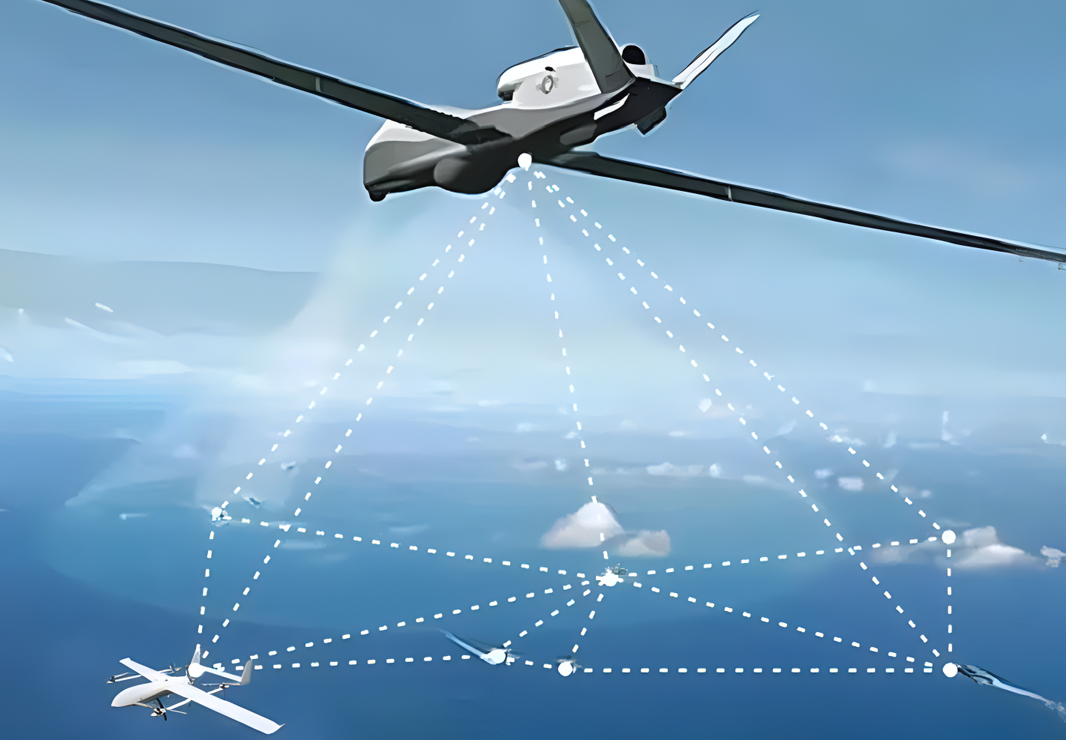
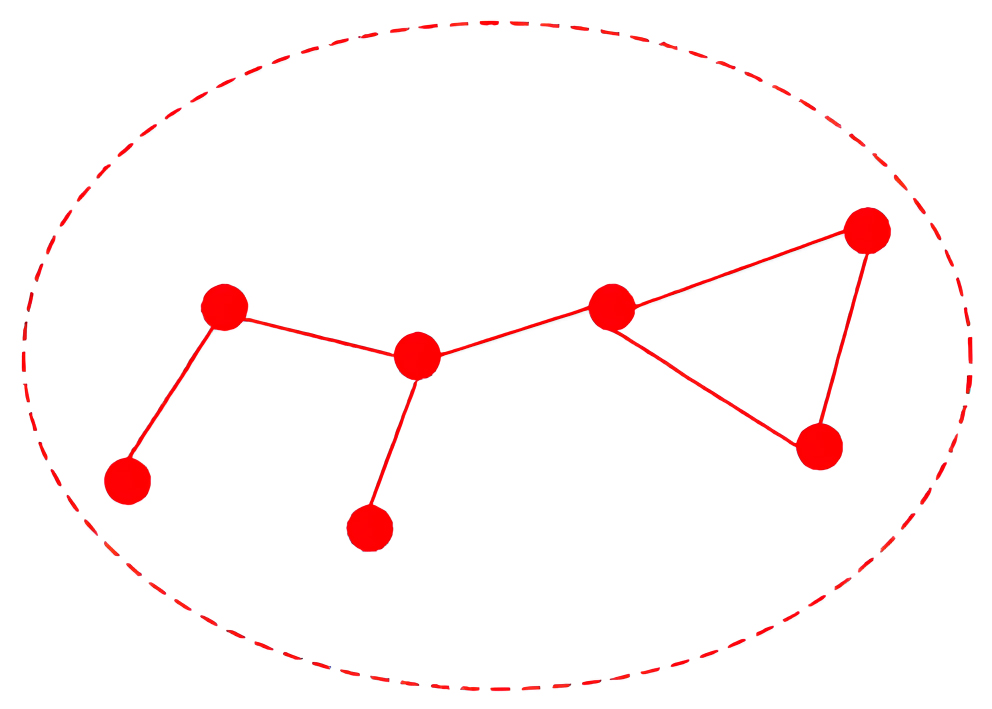
Planar Structure
The planar structure is also called a peer-to-peer structure. In this structure, each node is the same in terms of energy distribution, network structure, and routing selection.
Due to the limited number of drone nodes and simple distribution, the network has strong robustness and high security, and the interference between channels is small.
However, as the number of nodes increases, the routing table and task information stored in each node increases, the network load increases, and the system control overhead increases sharply, making the system difficult to control and prone to collapse.
Therefore, the planar structure cannot have a large number of nodes at the same time, resulting in poor scalability and is only suitable for small-scale MESH networks.
Clustering Structure
The clustering structure is to divide the drone nodes into several different sub-networks according to their different functions. In each sub-network, a key node is selected, whose function is to serve as the command control center of the sub-network and to connect other nodes in the network.
The key nodes of each sub-network in the clustering structure are connected and communicated with each other. Information exchange between non-key nodes can be carried out through key nodes or directly.
The key nodes and non-key nodes of the entire sub-network together constitute a clustering network. According to different node configurations, it can be further divided into single-frequency clustering and multi-frequency clustering.
(1)Single-frequency Clustering
In the single-frequency clustering structure, there are four types of nodes in the network, namely cluster head/non-cluster head nodes, gateway/distributed gateway nodes. The backbone link is composed of cluster head and gateway nodes. Each node communicates with the same frequency.
This structure is simple and fast to form a network, and the frequency band utilization rate is also higher. However, this network structure is prone to resource constraints, such as crosstalk between channels when the number of nodes in the network increases.
In order to avoid the failure of mission execution caused by co-frequency interference, this structure should be avoided when the radius of each cluster is similar in a large-scale drone self-organizing network.
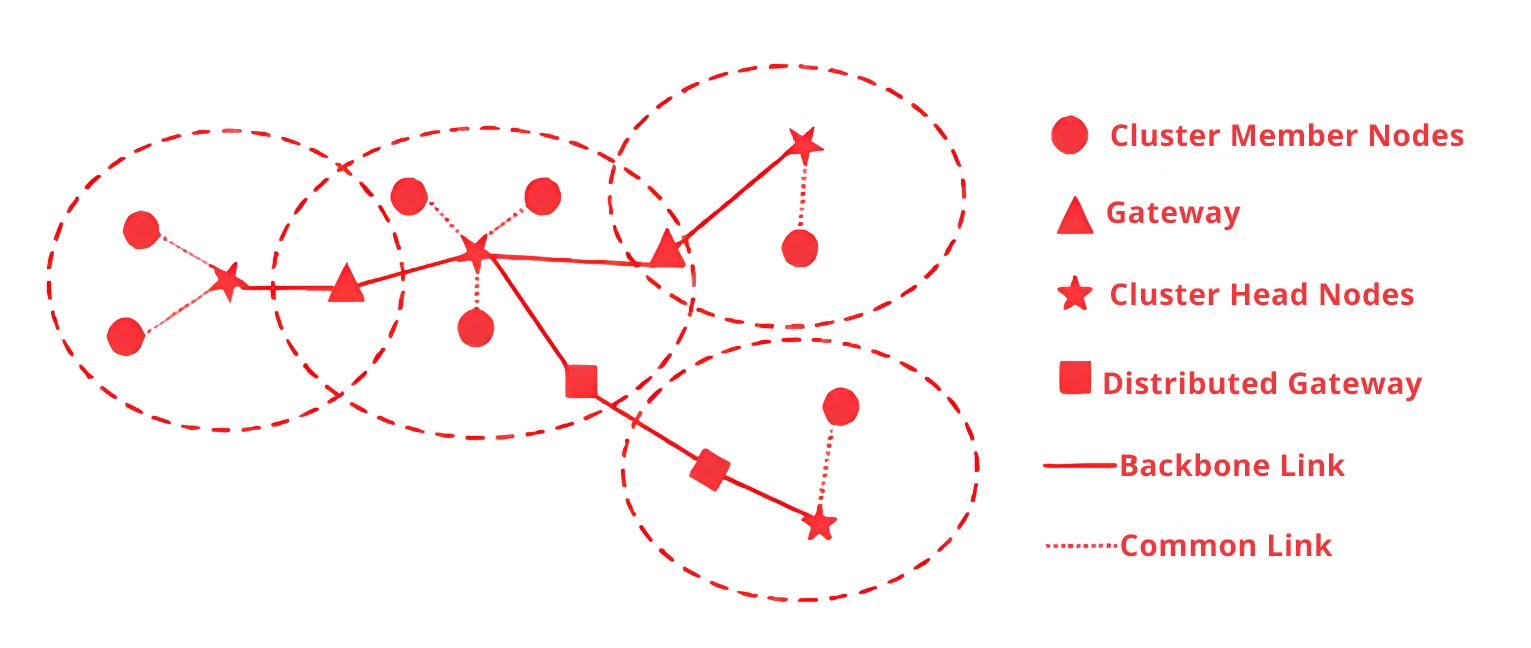
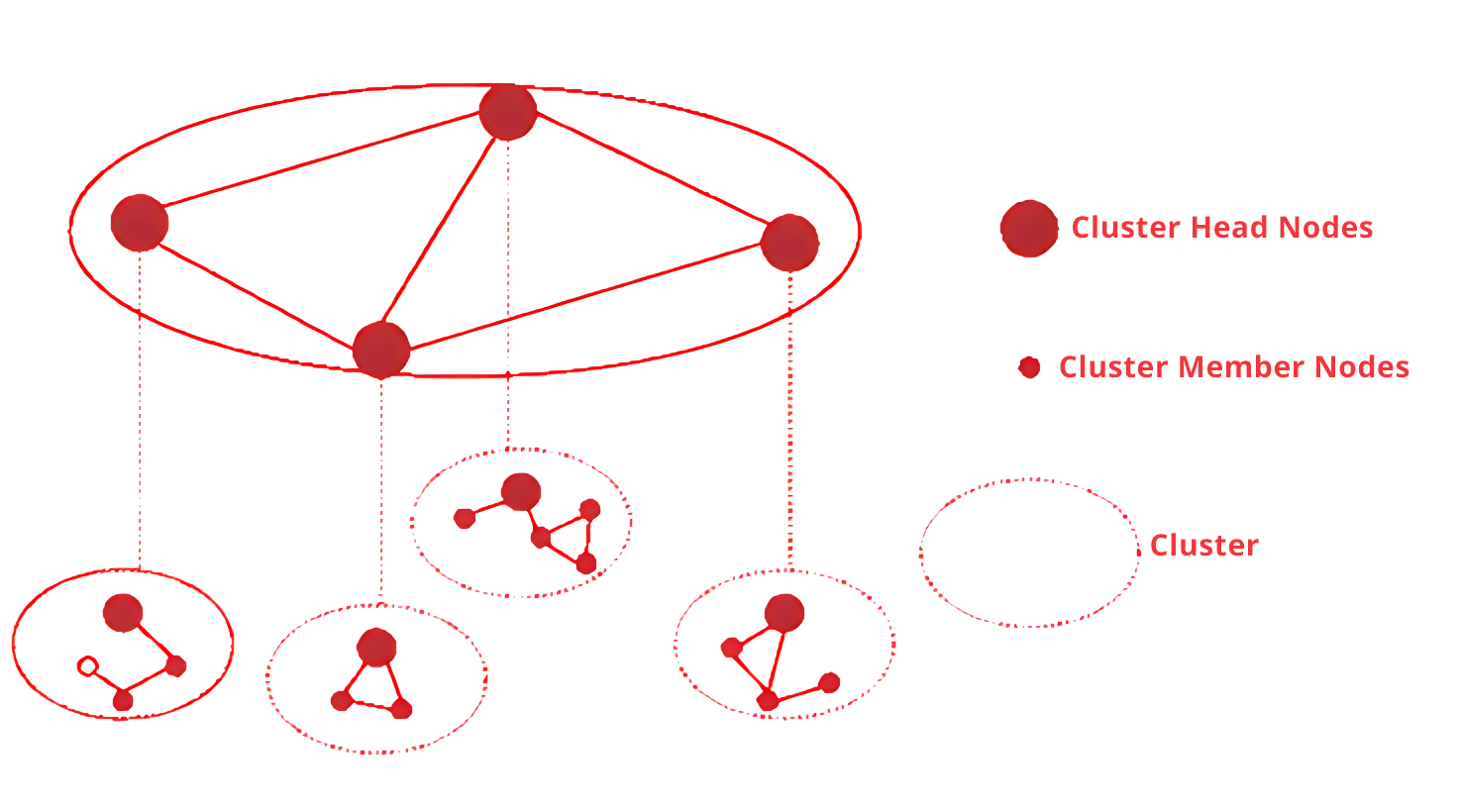
(2)Multi-frequency Clustering
Different from single-frequency clustering, which has one cluster per layer, multi-frequency clustering contains several layers, and each layer contains several clusters. In a clustered network, network nodes can be divided into multiple clusters. Different nodes in a cluster are divided into cluster head nodes and cluster member nodes according to their levels, and different communication frequencies are assigned.
In a cluster, cluster member nodes have simple tasks and will not significantly increase network routing overhead, but cluster head nodes need to manage the cluster, and have more complex routing information to maintain, which consumes a lot of energy.
Similarly, communication coverage capabilities also vary according to different node levels. The higher the level, the greater the coverage capability. On the other hand, when a node belongs to two levels at the same time, it means that the node needs to use different frequencies to perform multiple tasks, so the number of frequencies is the same as the number of tasks.
In this structure, the cluster head communicates with other members in the cluster and nodes in other layers of clusters, and the communications of each layer do not interfere with each other. This structure is suitable for self-organizing networks between large-scale drones. Compared with a single cluster structure, it has better scalability, higher load, and can handle more complex data.
However, because the cluster head node needs to process a large amount of data, the energy consumption is faster than other cluster nodes, so the network life is shorter than the single-frequency clustering structure. In addition, the selection of cluster head nodes at each layer in the clustering network is not fixed, and any node can work as a cluster head. For a certain node, whether it can become a cluster head depends on the network structure to decide whether to start the clustering mechanism. Therefore, the network clustering algorithm plays an important role in the clustering network.
Post time: Jun-21-2024





